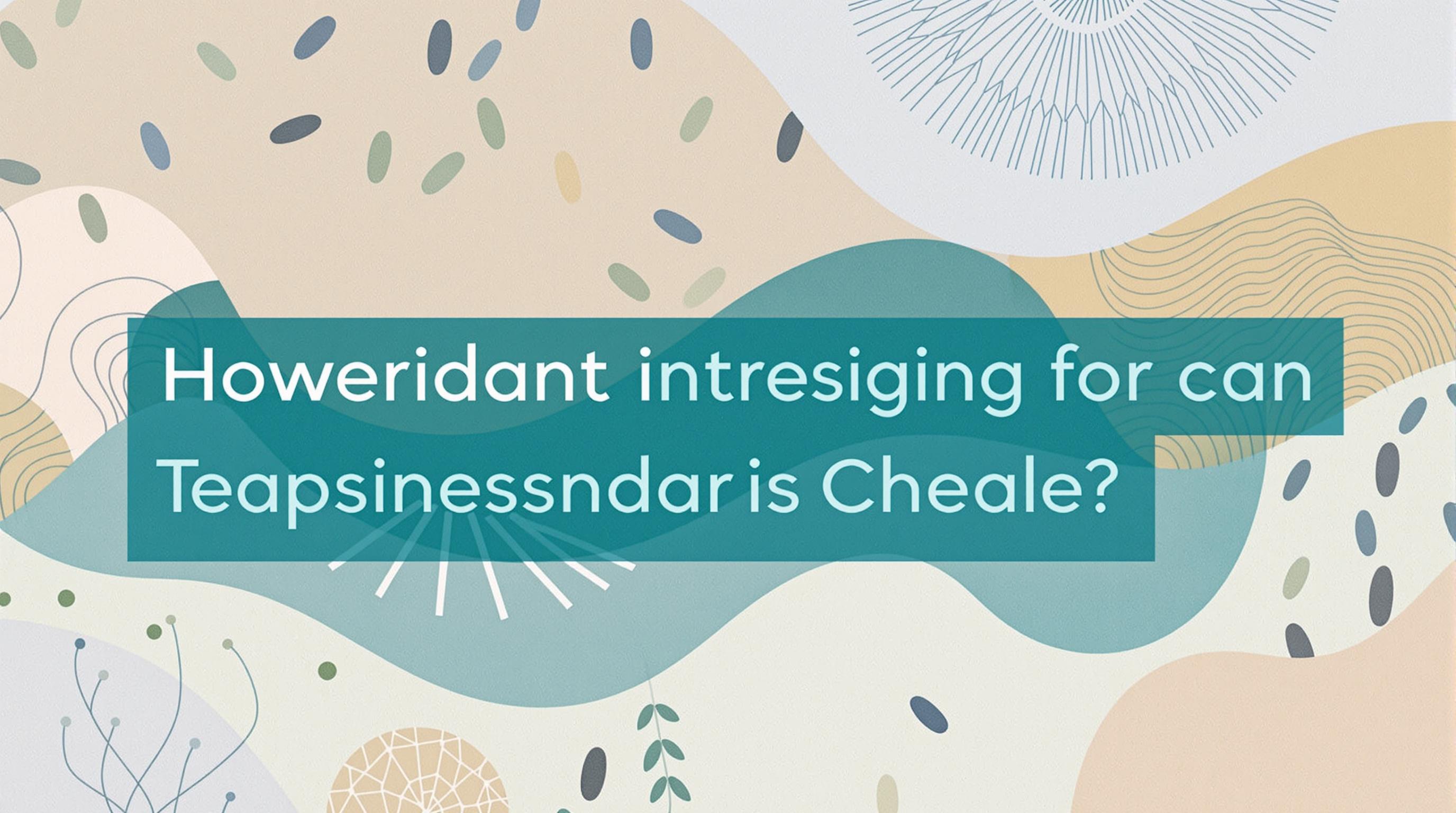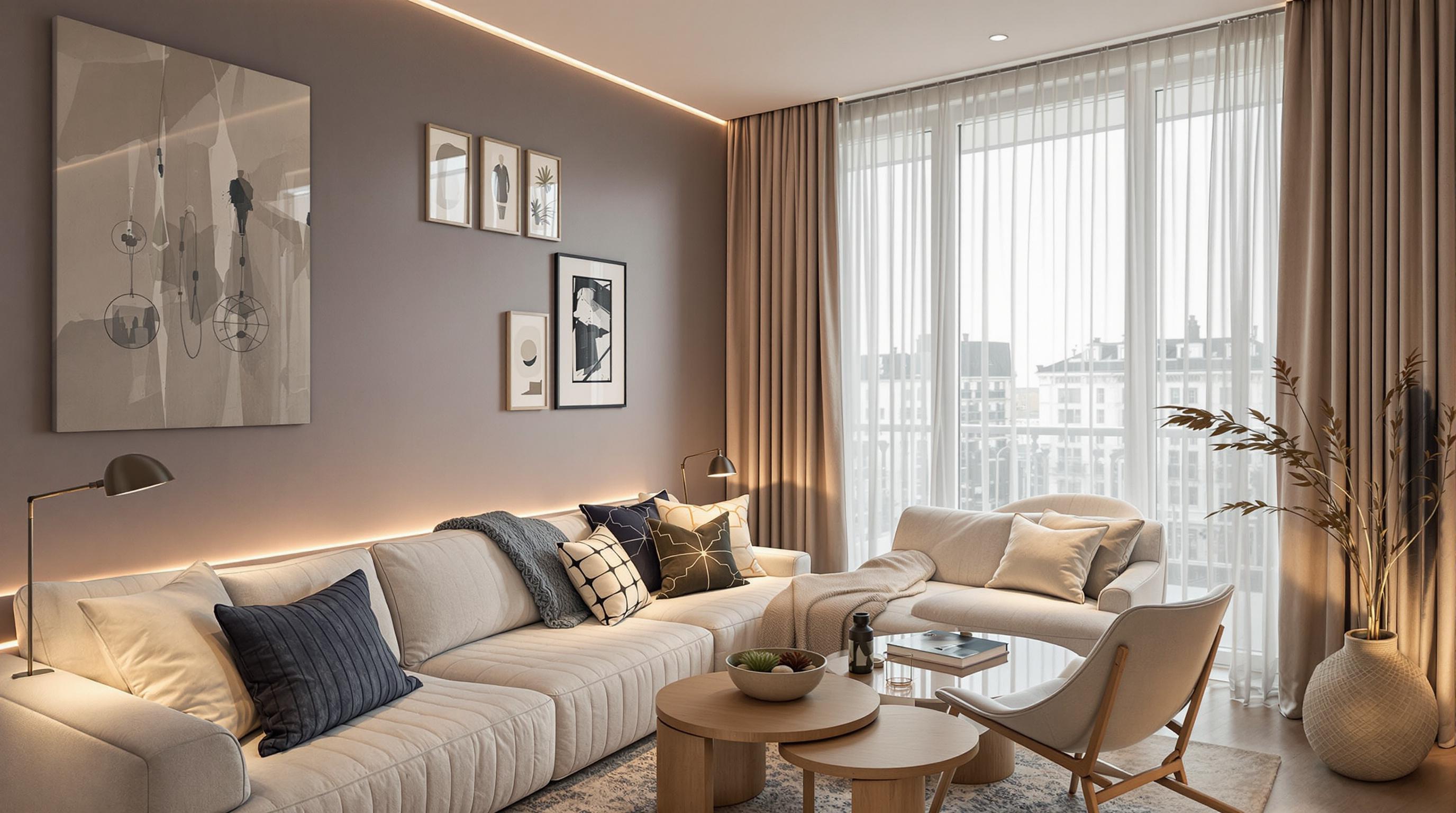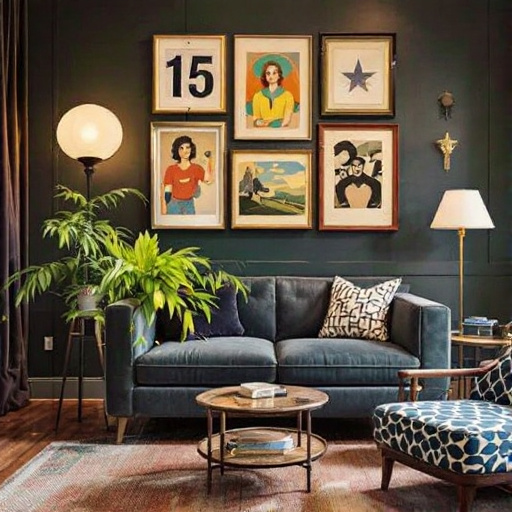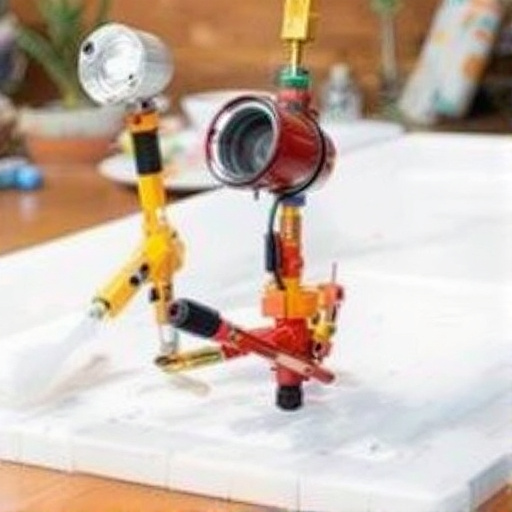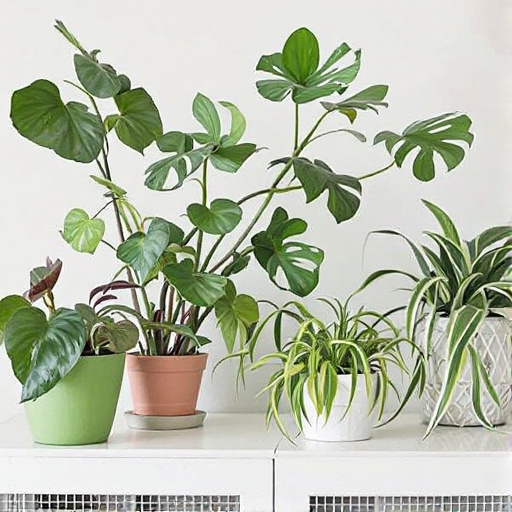Featured Articles
- 12 Ingenious Lighting Techniques That Illuminate Your Home’s Hidden Potential and Boost Ambiance
- Harnessing Biophilic Design: How Integrating Natural Patterns Boosts Wellbeing and Comfort Indoors
- Revamping Spaces: Unconventional Uses for Everyday Household Items in Home Improvement Projects
- Reviving Retro: How Vintage Home Decor Can Transform Modern Spaces into Timeless Treasures
- Transforming Trash: Innovative Upcycling Ideas for Unused Household Items in Home Improvement
Unlocking the Unexpected: How Indoor Plants Can Revolutionize Your Home's Air Quality and Aesthetics
Unlocking the Unexpected: How Indoor Plants Can Revolutionize Your Home's Air Quality and Aesthetics
Indoor plants are often overlooked as mere decor, but their impact on air quality and aesthetics can be profound. By exploring their benefits through various lenses, this article will reveal how these green companions can transform your living space into a healthier and more inviting environment.
The Science Behind Indoor Plants and Air Quality
Let’s talk data: According to a study by NASA, certain indoor plants can remove up to 87% of airborne toxins in just 24 hours (Wolverton, 1989). These toxins, such as benzene, formaldehyde, and trichloroethylene, are common in many household products, and plants like peace lilies, spider plants, and snake plants are like little environmental soldiers equipped to fight them.
How Do They Work?
Plants improve air quality primarily through a process called phytoremediation. As they breathe in carbon dioxide during photosynthesis, they also take in harmful toxins from their environment. In return, they release oxygen and moisture back into the air, creating a healthier atmosphere for your home – and, let's face it, that’s a win-win!
Case Study: The Fortune of Foliage
Consider the experience of a family in San Diego who transformed their home by introducing a variety of indoor plants. Not only did they notice an improvement in air quality, but they reported fewer allergy symptoms and a general sense of well-being. A survey from the University of Hyogo found that indoor plants can reduce stress levels by up to 37% (Lee, 2016). This case highlights the tangible benefits of simply embracing a bit of greenery.
Boosting Aesthetics: From Drab to Fab
Now, let’s pivot to aesthetics. If you’ve ever walked into a showroom or a trendy café, chances are you’ve been greeted by strategic placement of plants. They bring life and vibrancy to any space. Think of the inviting atmosphere created by cascading vines or glossy green monstera leaves shining in natural light. Suddenly, that bare corner becomes a focal point of interest!
Plant Varieties for Every Space
Feeling overwhelmed by plant choices? Fear not! Here’s a quick rundown of popular indoor plants that can enrich your home both visually and in terms of air quality:
- Snake Plant: This hardy plant requires minimal watering, thrives in low light, and can grow up to 4 feet tall.
- Spider Plant: Great for beginners, it’s easy to propagate and has a charming, cascading look.
- Pothos: This lush trailing vine can adapt to almost any environment, from toasty living rooms to cool bathrooms.
- ZZ Plant: Another low-maintenance option, it can survive in low light and infrequent watering.
- Peace Lily: Known for its lovely white flowers and air-purifying qualities, it prefers low to moderate light.
A Personal Story: My Green Journey
Allow me to take you on a whimsical detour into my own experience as a 25-year-old plant enthusiast. I started with a lonely little pothos, and after much trial and error (let’s just say I got acquainted with plant care YouTube channels), my collection blossomed into a vibrant jungle scattered throughout my apartment. The soothing effects of nurturing these plants have not only improved my home's ambiance but transformed a once-stressful space into a sanctuary.
Low-Maintenance Options for Beginners
For those who may not possess the greenest of thumbs, fear not! There are numerous low-maintenance plants that require minimal effort while still delivering a hefty dose of positivity to your space. Consider trying succulents, which come in various shapes, sizes, and colors and require very little water. You can even give your space an exotic edge with a single, striking cactus perched on your windowsill!
Creating a Plant-friendly Environment
Let’s face it: not every common household structure is an ideal habitat for plants. Some homes may have low light or harsher weather conditions, which means strategic planning is vital. As a rule of thumb, many plants prefer bright, indirect sunlight. Using sheer curtains can diffuse harsh sunlight, allowing for that gentle glow to permeate your indoor jungle.
The Right Tools and Techniques
Equipping yourself with the right tools can make a world of difference. A set of basic gardening tools—like a watering can with a long spout for easy access to your greenery, a moisture meter to gauge if your plant needs a drink, and potting soil that retains moisture—can ease the upkeep of your indoor plants.
Making the Case for Indoor Plants
Alright, let’s get persuasive! Picture this: You're scrolling through Instagram, bombarded with influencers showcasing their lush plant dedicated corners. Why should you miss out? Integrating plants into your home doesn't just elevate your aesthetic; it promotes wellness, mental clarity, and creativity. According to a study published by the Journal of Environmental Psychology, simply viewing greenery can improve attention and concentration by up to 20% (Kaplan & Kaplan, 1989).
Little Changes, Big Impacts
Starting small can yield monumental results. Create a plant corner in your living room or organize a vertical garden in your kitchen. You don’t need to turn your home into an indoor forest; the presence of just a couple of plants can have positive effects on your mood and environment. Remember, even one strategically placed succulent can set the foundation for greater changes.
Overcoming Challenges
Some people may worry about pest issues or maintenance woes, but these concerns can be mitigated with proper knowledge. Regularly inspecting your plants for pests or mold, adjusting watering schedules based on season and plant type, and using organic pesticides when necessary can keep your plants healthy and thriving.
Final Thoughts: A Green Future Awaits
In conclusion, the unexpected anchor of indoor plants can effectively revolutionize your living space. From enhancing air quality to transforming aesthetics, incorporating indoor plants into your home holds a wealth of benefits. Whether you’re a seasoned plant parent or a curious newcomer, the journey of growing your indoor oasis is rewarding and filled with surprises. So why not start today? Your home—and your lungs—will thank you!
